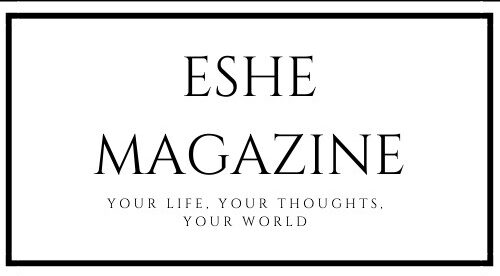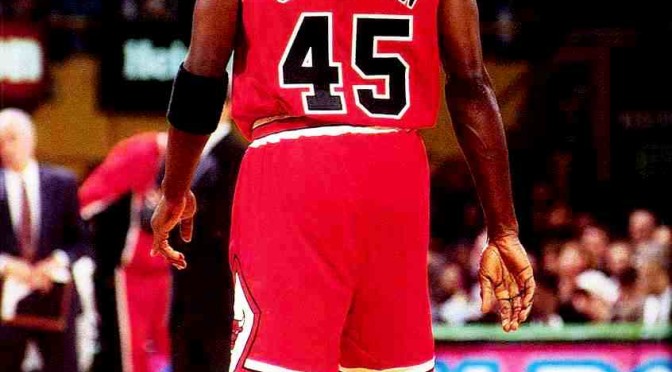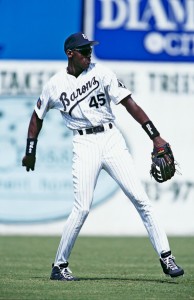
By David Jordan Jr
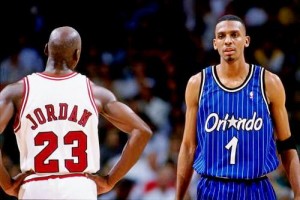
3.18.1995. A fax containing only two words signified the return of the games most celebrated player. Michael Jordan faxed the memo “I’m Back” to the NBA offices in New York announcing his return to the game which he had retired from nearly two years prior. As many questions had arisen in regard to his comeback as had arisen when he suddenly retired in October of 1993. This time around people were wondering would he be the same player, would he be as good as he was prior to his retirement and what motivated this return. A feeling of nothing to prove and no motivation is what Michael Jordan said was his reason for retiring initially but at the same time he did say there may be a possibility of him returning to the game later in life. With the recent death of his father prior to the retirement announcement it seemed inevitable that Jordan at age 30 and at the top of his game would not be returning back to the NBA. Fast forward a few months later, Jordan embarked upon a baseball career in the minor leagues with hopes of earning a spot in the Majors; this was a dream of not only his that he held as a child, but also that he shared with his father and was something that he and his father had discussed in great depths during his final season in the NBA. Having started a minor league career with the Birmingham Barons (an affiliate of the Chicago Whitesox) Jordan used the same determination and will which enabled him to become Air Jordan on the basketball court, to carve out a career within the baseball diamond. Two things ultimately led to the end of one career and the return to another; the love of the game of basketball and the Major League Baseball strike. As the baseball strike approached and began it presented Michael Jordan with the opportunity to reach out to his passion and fulfill it without having to really question his reason for leaving baseball. His best was given on the diamond, yet the opportunity to play was suddenly not available, like it was in the NBA. The challenge he spoke of at his 1993 retirement press conference was now in his face and the competitor in him accepted it head on. When looking back on this day, one has to remember that in 1995,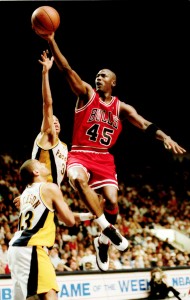 internet stories and social media wasn’t present as it is today. Sports Center, newspapers and local news stations were essentially your outlets for up to date news stories. There weren’t instantaneous stories readily available at all times of day and night. The excitement for Jordan’s return built with each day and each game after his return. Commercials with Spike Lee and his beloved Knicks ( MJ gave the Knicks the Double Nickel, 55 point game at Madison Square Garden)
internet stories and social media wasn’t present as it is today. Sports Center, newspapers and local news stations were essentially your outlets for up to date news stories. There weren’t instantaneous stories readily available at all times of day and night. The excitement for Jordan’s return built with each day and each game after his return. Commercials with Spike Lee and his beloved Knicks ( MJ gave the Knicks the Double Nickel, 55 point game at Madison Square Garden)
for Nike spearheaded an even bigger Air Jordan craze and the number 45 jersey which he was wearing was a must have for all Jordan/Bulls fans. Michael was wearing the number 45 due to the fact that number 23 was the last jersey which his father had seen him play in (although he would eventually return to number 23 in the playoffs) and he wanted to preserve that part of his father’s memory. The new rising stars in the league at the time, Anfernee Penny Hardaway and Grant Hill, both of which were billed as the “Air Apparent” were seen as measuring sticks for Jordan, just as much as Jordan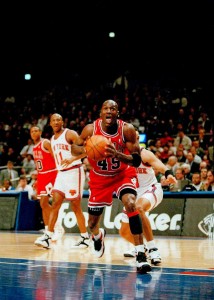 was the standard for them to reach. As celebrated as the return of Michael Jordan to the Bulls was initially, the season did not end on a high note as Anfernee Hardaway’s Orlando Magic eliminated the Bulls in the 2nd round of the NBA Playoffs. The aspect of losing fueled Jordan in the summer of 1995 to work on his overall game more than he had ever did in his career and his result was the Bulls winning the most games in NBA History the falling season (72-10) and winning the first of three consecutive NBA Championships and NBA Finals MVPs.
was the standard for them to reach. As celebrated as the return of Michael Jordan to the Bulls was initially, the season did not end on a high note as Anfernee Hardaway’s Orlando Magic eliminated the Bulls in the 2nd round of the NBA Playoffs. The aspect of losing fueled Jordan in the summer of 1995 to work on his overall game more than he had ever did in his career and his result was the Bulls winning the most games in NBA History the falling season (72-10) and winning the first of three consecutive NBA Championships and NBA Finals MVPs. 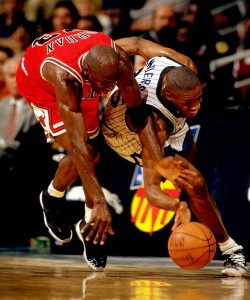 The greatness of Michael Jordan was his ability to will himself to greatness and his ability to overcome perceive obstacles with excellence. Never was this more apparent than it was in his first return to the NBA in March of 1995.
The greatness of Michael Jordan was his ability to will himself to greatness and his ability to overcome perceive obstacles with excellence. Never was this more apparent than it was in his first return to the NBA in March of 1995.
